
The Tokyo metropolitan government unveiled on Friday its first estimate of the capital city's vulnerability to damage from typhoon-related high tidal waves, as risks of storm damage continue to rise globally.
According to the report, 212 sq km, or one third of Tokyo's central area, could be inundated to a maximum depth of 10m if a super typhoon creates high tidal waves.
A severe event of this type would be estimated to affect as many as 3.95 million people in the city, flooding business and entertainment districts as well as major railway stations, the local government said.
Tokyo has a population of 13.7 million people.
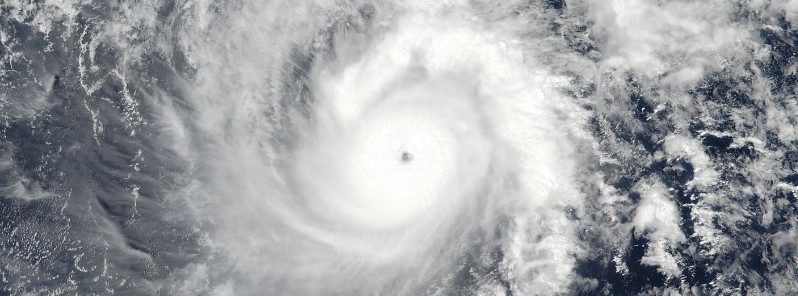
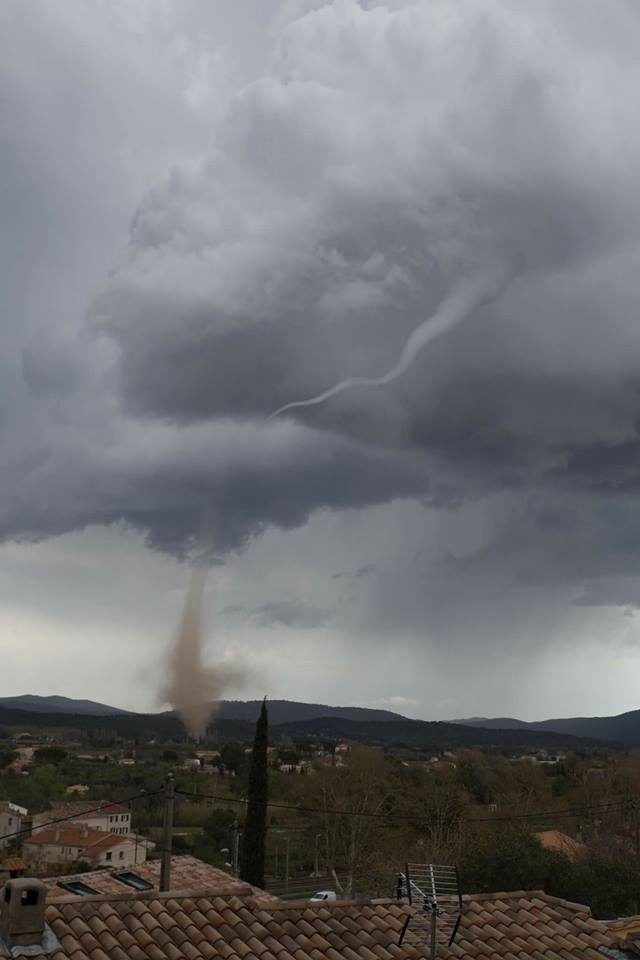
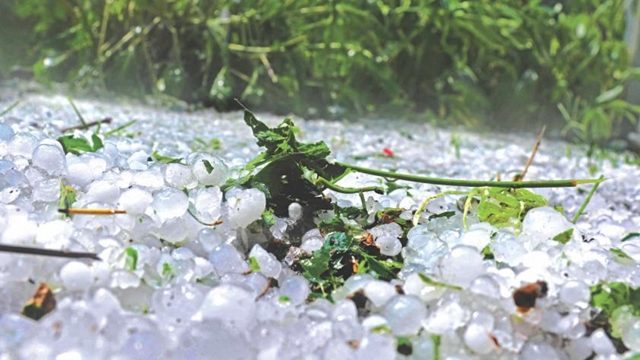
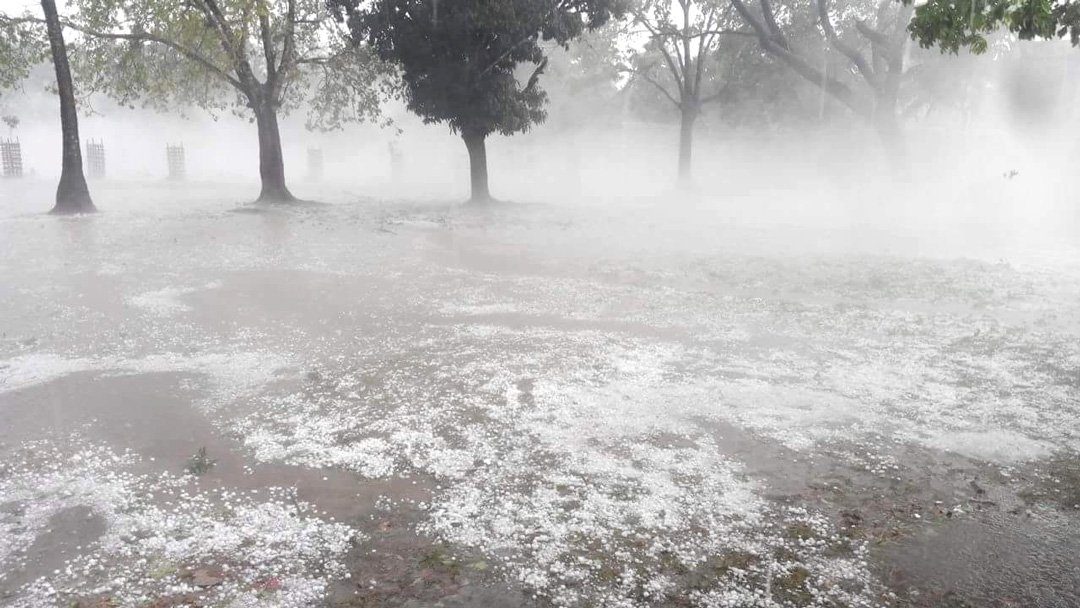

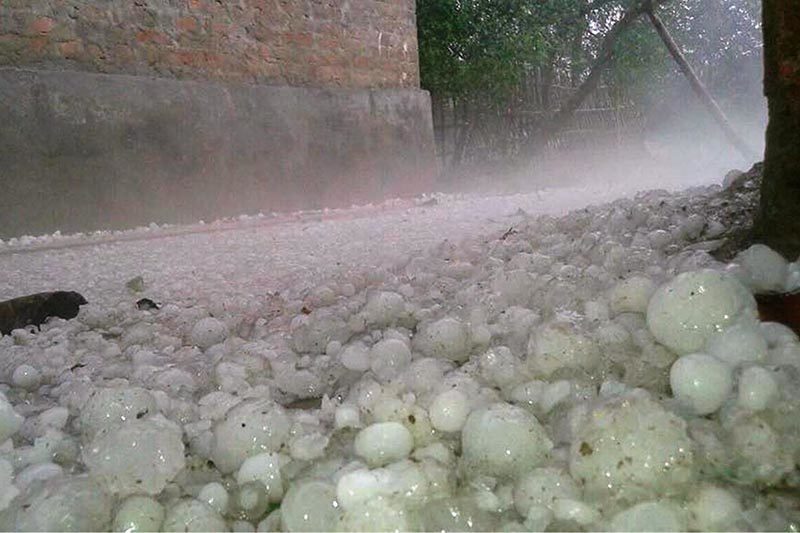


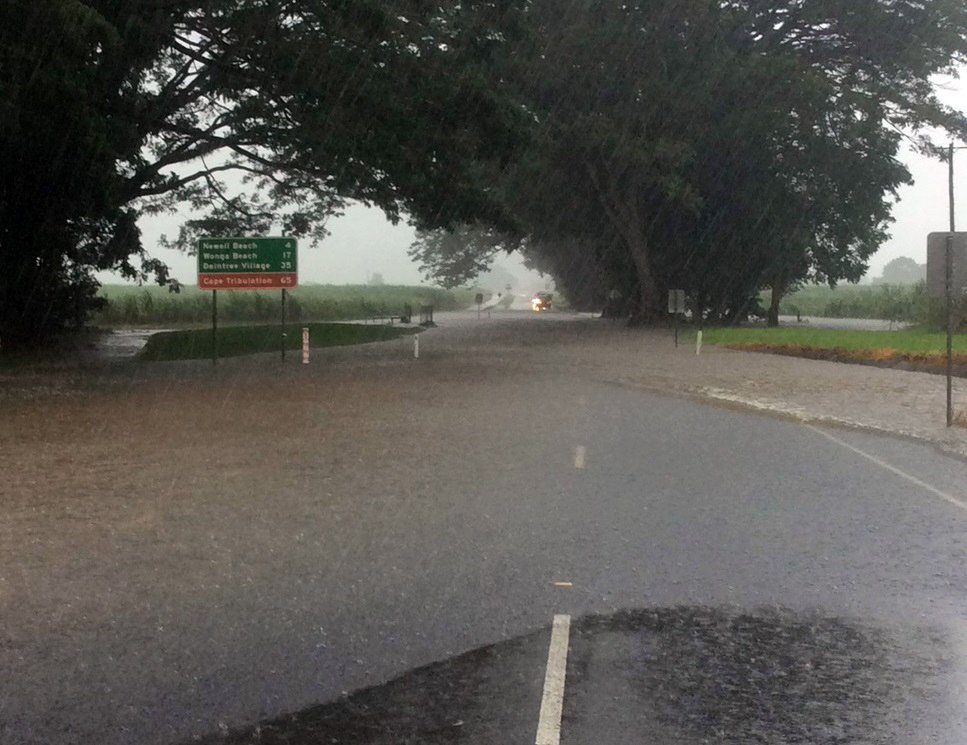



Comment: See Also: